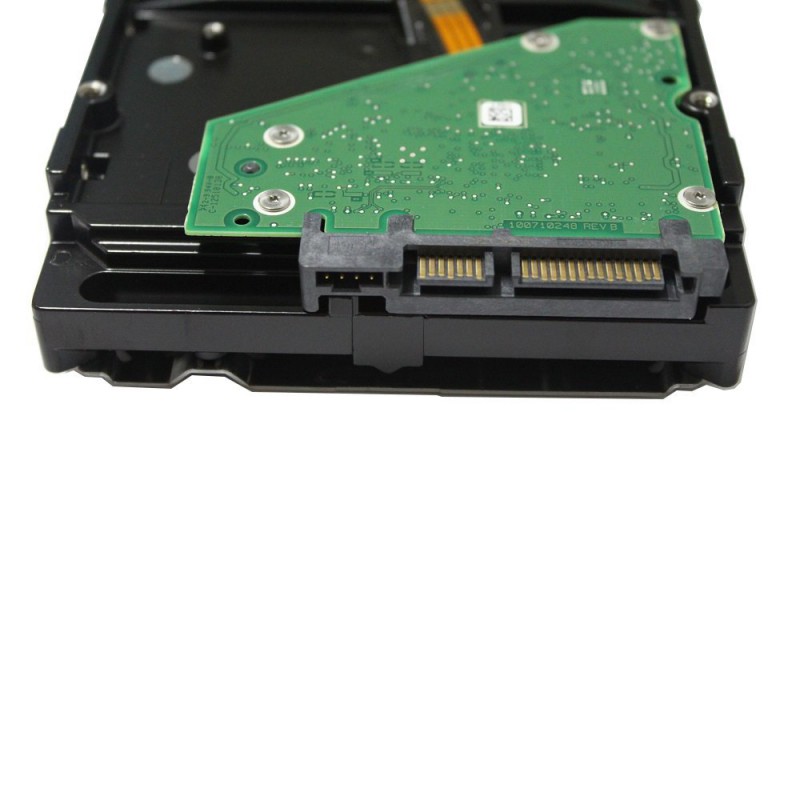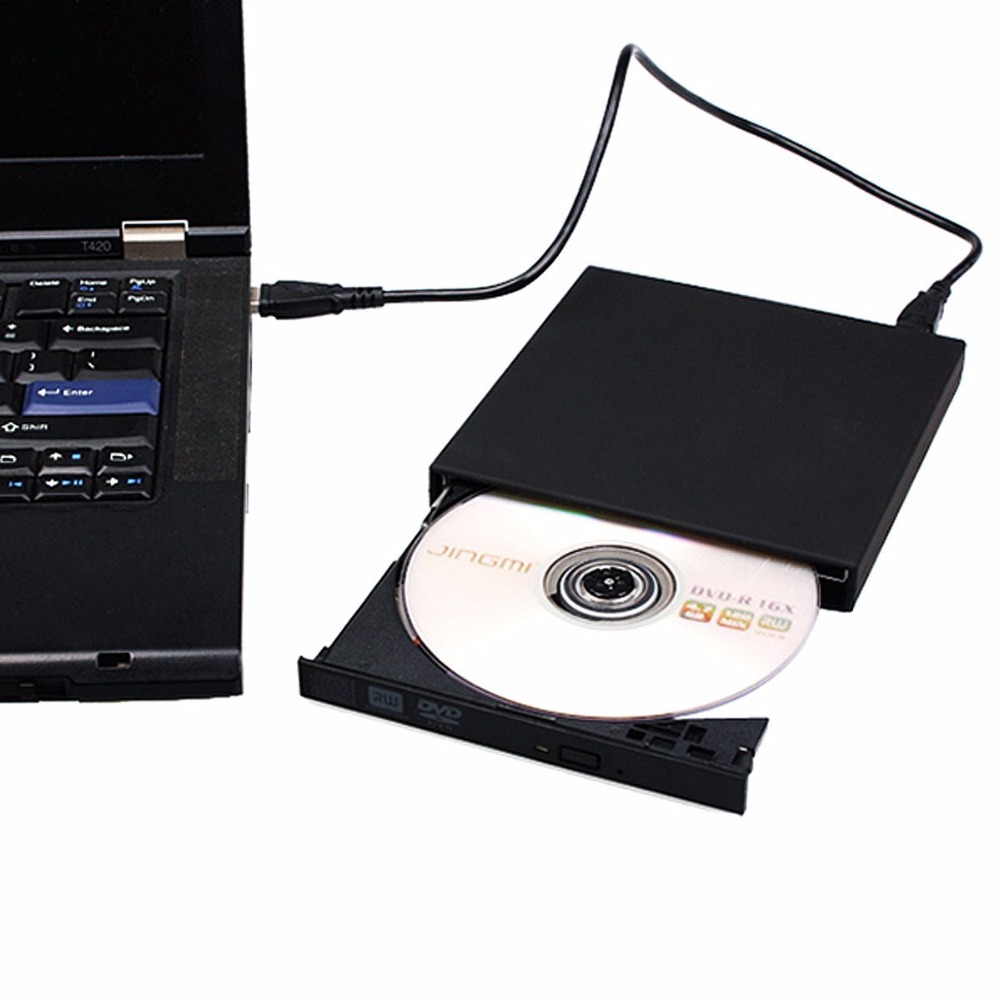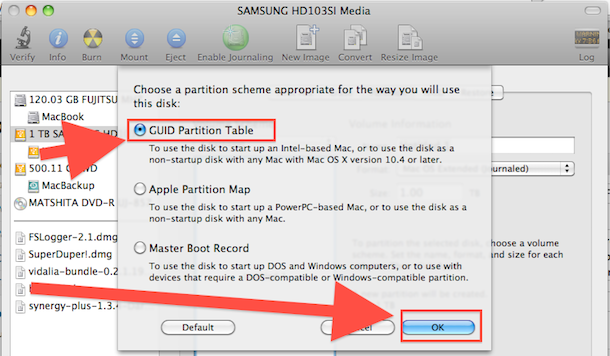
Look for a drive that comes with the latest version of Toast if you want to burn Blu-ray discs on a Mac. All of the Blu-ray drives come with software that supports PCs. You still might have trouble playing Blu-ray movies with one of these drives in a Mac, but you’ll have no trouble burning Blu-ray discs on a Mac as long as the drive comes with the right software. If you don’t mind spending a little extra, it’s definitely worth it to buy a drive that can read and write to Blu-ray media, as well as CD and DVD media. Blu-ray playback on a PC is not a problem. There are third-party software solutions on the market that allow it, but it may or may not work with your Mac. Be warned, though, that Mac computers don’t natively support the playback of Blu-ray movies. If you look at the selection of Blu-ray drives that B&H carries, the least expensive units are this type. If all you want to do is play Blu-ray movies on your computer, you can save a few bucks by buying a combo drive that can read and write to CD and DVDs, but can only play pre-recorded Blu-ray movies and read Blu-ray discs burned by other drives. Some computers feature combo drives that can read and write to CD and DVDs, and can read or play Blu-ray discs, but they can’t record to or burn blank Blu-ray media.

Most computers that came with an optical drive have a DVD reader/writer, which is an optical drive that can read and write to all forms of CDs and DVDs, but they can’t read or record to Blu-ray media. The first thing you have to decide is the type of Blu-ray drive you want.


Read on if you would like to make the upgrade to Blu-ray. The drives are inexpensive and so are the discs. If your computer doesn’t have Blu-ray but you would like it to, now is a good time to upgrade. It’s also one of the best ways to distribute and enjoy high-definition video and a very affordable form of backup media. At 25GB (per side, per layer), Blu-ray discs offer more than five times the capacity of DVDs.īlu-ray hasn’t gained the traction of DVD, and probably never will, but it is nonetheless one of the least expensive ways to hand someone 25GB of anything. It occurred all over again when Blu-ray drives came out. But as it turned out, 650MB wasn’t considered very big for very long.Ī similar situation existed when recordable DVD drives came out at 4.7GB (per side, per layer), DVDs could fit more than seven times the data of a CD-ROM. No longer did people have to deal with stacks of floppy disks software could be distributed on a single CD-ROM and lots of data could be backed up to one as well. At 650MB (per layer, per side), CD-ROMs held roughly 451 times the data of 1.44MB floppy disks.

When recordable CD-ROM drives came out, computer users were ecstatic that there was finally a form of removable media that dwarfed floppy disks in capacity.


 0 kommentar(er)
0 kommentar(er)
